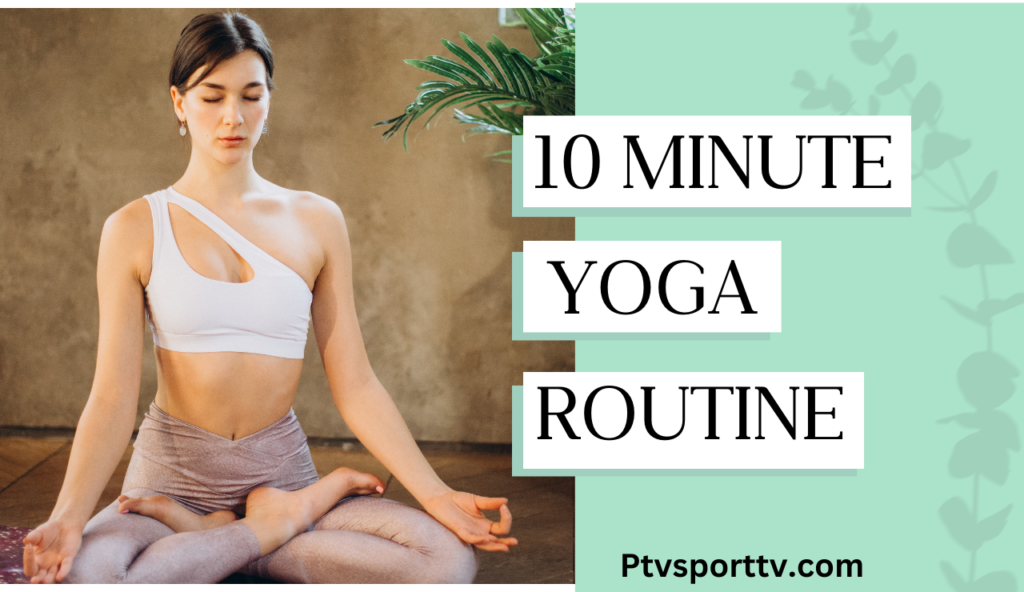Embark on a transformational journey with our 30-day fitness challenge designed to improve your balance and overall health. Balance exercises are often underestimated but play an important role in improving core strength, stability and reducing the risk of injuries. This challenge is perfect for all fitness levels, whether you’re a seasoned athlete or just starting your fitness journey. Fitness challenge for Body Balance.
Week 1: Foundation Building: Establish the foundation by incorporating basic balance exercises. From single-leg stands to heel-to-toe walks, these exercises lay the foundation for the challenges ahead. Emphasize mind-body connection and focus on proper form.
Week 2: Core Stabilization Transition to exercises that specifically target the core muscles. Planks, bird dogs, and side planks become your allies in building a strong and stable core. And improve your strength. And the basic exercises that you do at each place and you do it at home.
Week 3: Stability Challenges Introduce dynamic stability exercises such as stability ball exercises and bosu ball exercises. These challenges elevate your balance training, engage more muscles and increase coordination. Variations are provided for different fitness levels.
Week 4: Functional Fitness Balance the practical scenarios. Incorporate movements that mimic everyday activities, applying your newfound stability to real-life situations. From reaching exercises to dynamic movements, this week makes sure your balance is active.
Benefits
- Improved Core Strength: Feel the difference as your core becomes a powerhouse of strength and stability.
- Less risk of injuries: Better balance translates into better propulsion, reducing the chance of falling or getting injured.
- Increased coordination: Sharpen your mind-body coordination, positively affecting your overall athleticism.
- Daily Application: Experience the direct benefits of better balance in your daily activities.
The Art of Active Recovery through Gentle Yoga and Meditation

In pursuit of your fitness goals, the importance of rest and recovery is often left behind. A day dedicated to renewing the body and mind without intense exercise. Engaging in restorative practices is an intentional choice that promotes healing and avoids burnout. On your active recovery days, shift your focus from high-intensity exercise to activities that nourish your body and calm your mind.
The Healing Power of Gentle Yoga
- Mindfulness Movement: Engage in slow, deliberate yoga poses that emphasize deep breathing and mindfulness. Let your body go through sequences that gently stretch and release tension
- Restorative Poses: Embrace poses like child’s pose, legs up a wall, and corpse pose—positions that encourage relaxation and increase blood flow to aid in recovery.
- Breath work: Add pranayama (breath control) to calm the nervous system. Deep, deliberate breathing increases oxygen flow, promoting recovery at the cellular level.
Meditation for Mental Rejuvenation
- Guided Meditation: Use guided meditation sessions to bring your mind to a state of relaxation. Focus on positive affirmations, gratitude, or simply being present in the moment.
- Mindfulness Meditation: Cultivate mindfulness by paying attention to your breath, feelings and thoughts. This practice increases self-awareness and reduces stress.
- Visualize: Visualize your body healing and strengthening with each breath. Visualization can have a positive effect on your visualization of recovery.
The Physical and Mental Benefits
- Muscle Repair: Repairing microtears in muscles helps in functional recovery, preventing fatigue and injury.
- Stress reduction: Gentle yoga and meditation reduce cortisol levels, reduce stress and promote a sense of calm.
- Better sleep: Establishing an active recovery routine contributes to better sleep quality.
Incorporating into your routine
Make active recovery a non-negotiable part of your fitness routine. Dedicate at least one day a week to these exercises, and witness positive changes in your overall health.
Yoga Sessions For Balance And Flexibility
n the vibrant tapestry of wellness, the ancient practice of yoga weaves together the threads of balance and flexibility. This blog post will guide you through a transformational journey with a yoga session specifically designed to increase your balance and flexibility.
Understanding the symmetry of balance and flexibility
Balance and flexibility are not isolated aspects of fitness but are interconnected elements that, when combined, contribute to overall well-being. Yoga, with its holistic approach, provides an excellent avenue for nurturing these qualities. Fitness challenge for Body Balance.
Sequences for Enhancing Balance
- Tree Pose (Vrakshasana): Root yourself like a tree, gain stability and focus. This pose strengthens your legs and core muscles.
- Warrior III (Virabhadrasana III): Build balance and stability by targeting the muscles of your legs, back and shoulders.
- Eagle Pose (Gurudasana): Increase concentration and balance by bringing your limbs together in this challenging but rewarding pose.

Flowing Into Flexibility
Downward-Facing Dog (Udhu Mukha Svanasana): This basic pose stretches the entire body, especially the hamstrings and shoulders
Cobra Pose (Bhajangasana): Open the chest and improve spinal flexibility with this dynamic back bend. moving forward.
Forward Fold (Athanasana): Releases tension in the spine and hamstrings while promoting flexibility throughout the anterior chain.
Developing mind and body awareness
Breath Awareness: During each pose, focus on your breath. Deep, deliberate breathing increases concentration and brings a meditative quality to your practice.
Mindful transitions: Notice the transitions between poses. Mindfulness in movement contributes to better coordination and spatial awareness.
Unveiling the Essence of Tai Chi-Inspired Movements
In the realm of the mindfulness movement, Tai Chi stands as a beacon, offering a wonderful blend of martial arts, meditation, and traditional Chinese philosophy. This article delves into the calming world of Tai Chi-inspired movements, exploring their profound effects on physical and mental well-being.Tai Chi, often referred to as “meditation in motion,” is an ancient Chinese martial art characterized by slow, flowing movements and a focus on breath and awareness. The philosophy behind tai chi emphasizes the balance of yin and yang, promoting harmony within the body and mind. Fitness challenge for Body Balance.
Key Tai Chi-Inspired Movements
Cloud Hands (Yun Shu): A rhythmic, circular movement that promotes fluidity and relaxation.
Catching the Bird’s Tail (Lan Que Wei): A series of movements that emphasize controlled, precise movements.
Waving Hands Like Clouds (Yun Shu): Flowing arm movements in sync with weight shifts, enhancing balance.
Benefits of Tai Chi-Inspired Movements
- Improved balance: Deliberate weight shifting and controlled movements improve proprioception and balance.
- Flexibility and joint health: Gentle stretches and rotations promote flexibility and maintain joint health. Stress Reduction: The meditative aspect of Tai Chi creates a state of mindfulness, reduces stress and promotes relaxation.
- Mind-Body Connection: Tai Chi encourages a deeper connection between body and mind, promoting overall well-being. Fitness challenge for Body Balance.
Incorporating Tai Chi Into Daily Life
- Mindfulness practice: Do the movements with awareness, focusing on the breath and sensations within the body.
- Adaptability: Tai Chi can be adapted to different fitness levels and can be practiced anywhere, making it accessible to everyone.
- Consistency: Regular practice unlocks a full spectrum of benefits. Consider integrating short sessions into your daily routine.

